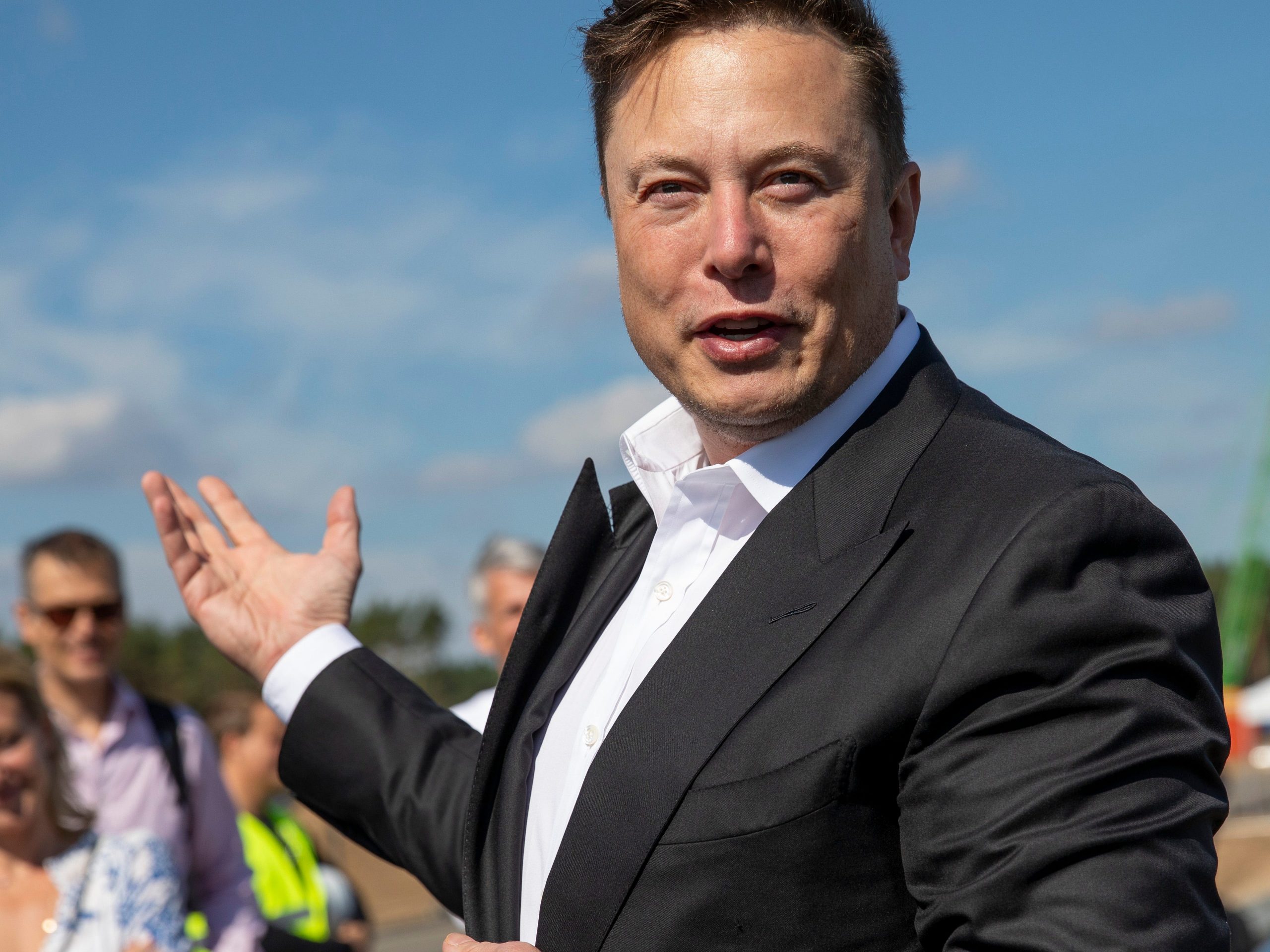
Maja Hitij/Getty Images
- Elon Musk again denied that the Tesla that crashed in Texas on April 17, killing two people, was on Autopilot.
- A Tesla exec added it was likely that someone was in the driver's seat at the time of the crash.
- This contradicts statements made by local law enforcement.
- See more stories on Insider's business page.
Tesla CEO Elon Musk said on Monday that the Model S that crashed just outside Houston, Texas, earlier this month, killing two people, wasn't on Autopilot – and that any suggestion otherwise was "completely false."
Lars Moravy, Tesla's vice president of vehicle engineering, added that he thought it was likely someone was in the driver's seat at the time of the deadly crash, contradicting local law enforcement.
On April 17, a Tesla Model S skipped over a curb, crashed into a tree, and burst into flames, killing two people.
A Harris County constable told local TV station KHOU on April 18 that investigators were "100% certain that no one was in the driver seat driving that vehicle at the time of impact." A senior Harris County officer said on April 19 that witnesses had suggested nobody was driving the vehicle earlier in its journey.
Tesla's electric vehicles come with Autopilot, a feature that allows the cars to brake, accelerate, and steer automatically. Tesla tells drivers using Autopilot to remain in the driver's seat with their hands on the steering wheel – but earlier this month, Consumer Reports showed it was possible to turn on Autopilot with nobody in the driver's seat.
Musk previously said that Autopilot was not being used at the time of the crash. Two days after the crash, he tweeted: "Data logs recovered so far show Autopilot was not enabled."
During Tesla's earnings call Monday, Musk said that "there were really just extremely deceptive media practices where it was claimed to be Autopilot but this is completely false." He didn't reference any specific media reports.
Moravy said that Tesla had been working with local authorities, the National Highway Traffic Safety Administration (NHTSA), and the National Transportation Safety Board (NTSB) to investigate the crash.
"The steering wheel was indeed deformed so we're leaning to the likelihood that someone was in the driver's seat at the time of the crash," Moravy said.
"All seatbelts post-crash were found to be unbuckled," he added. Tesla's Autopilot only works when seatbelts are buckled in.
Moravy said that Tesla was unable to recover the data from the vehicle's SD card at the time of impact, but that the local authorities were working on that.
"We continue to hold safety in a higher regard and look to improve products in the future through this kind of data and other information from the field," he added.
Tesla also sells its full self-driving software (FSD) as a $10,000 one-off add-on, which it plans to release widely in 2021. FSD allows cars to park themselves, change lanes, and identify both stop signs and traffic lights.
Neither Autopilot nor FSD makes a Tesla car fully autonomous.
At least three drivers have died while using Tesla's Autopilot, and the National Transportation Safety Board has called for increased scrutiny of self-driving software.